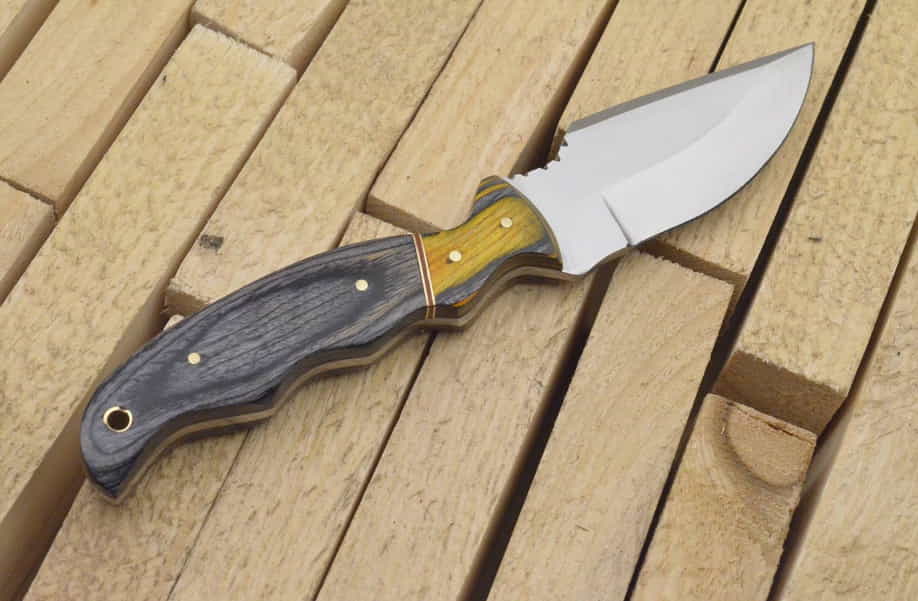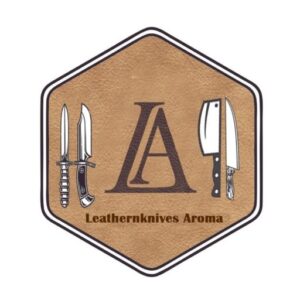In the world of knives, few have as specialized a purpose as the skinner knife. Designed for the intricate and delicate task of skinning game animals, these knives require a unique blend of artistry and precision engineering. Crafting skinner knives is a centuries-old practice that marries the art of design with the science of metallurgy. In this exploration, we delve into the captivating realm of skinner knife craftsmanship, uncovering the artistry and science behind these remarkable tools.
The Art of Design
Crafting a skinner knife begins with the designer’s vision. The form and function of a skinner knife are meticulously considered, with a focus on creating a blade that excels at skinning tasks. Here’s where the artistry comes into play:
Blade Shape:
The blade of a skinner knife typically features a sweeping, curved shape. This curvature facilitates precise and controlled slicing while reducing the risk of puncturing the hide or damaging the meat. Some popular blade profiles for skinners include drop point, trailing point, and hawkbill.
Handle Design:
A well-designed handle is essential for comfortable and safe use. Skinner knife handles are often contoured to fit the hand comfortably. Materials like wood, bone, or synthetic composites are chosen not only for their functionality but also for their aesthetic appeal.
Aesthetics:
While aesthetics aren’t the primary focus of a skinner knife, they play a crucial role. Many knife makers take pride in embellishing their creations with intricate designs, engravings, or unique handle materials. These touches add a personal and artistic flair to each knife.
Balance:
Achieving the right balance is an art in itself. A well-balanced skinner knife feels natural in the hand and enhances precision during skinning tasks.

The Science of Metallurgy
Crafting a skinner knife is not all about aesthetics and design; it’s equally about the science of metallurgy. The choice of steel and the heat treatment process significantly impact the knife’s performance:
Steel Selection:
Different types of steel offer various attributes. High-carbon steels, such as 1095 or O1, are known for their edge retention and ease of sharpening. Stainless steels like VG-10 or S30V provide corrosion resistance. The choice of steel knife depends on the knife maker’s intended use and the preferences of the knife’s future owner.
Heat Treatment:
The heat treatment process involves heating the blade to a precise temperature and then rapidly cooling it. This process affects the blade’s hardness, toughness, and flexibility. For a skinner knife, a balance is sought between hardness to maintain an edge and toughness to resist chipping or breaking.
Edge Geometry:
The knife’s edge geometry, including the grind and edge bevel, is carefully calculated. A shallow grind may be preferred for fine slicing, while a more robust grind might be necessary for tougher tasks. Achieving the right geometry requires a deep understanding of cutting physics.

Sharpness:
The sharpness of a skinner knife is paramount. Achieving a razor-sharp edge is both an art and a science. Knife makers employ a series of sharpening stones and tools to hone the blade to perfection.
The Marriage of Art and Science
The creation of a skinner knife is a harmonious blend of art and science. It’s where the designer’s creativity meets the metallurgist’s precision. This marriage results in a tool that is not only visually appealing but also exceptionally functional.
Skinner knives are more than just tools; they often hold sentimental value. Hunters and outdoors enthusiasts form deep connections with their skinner knives, and a well-crafted one can be passed down through generations. This makes the art and science of crafting skinner knives all the more significant.
In conclusion, crafting skinner knives is a captivating journey that requires a deep understanding of both the artistic and scientific aspects of knife making. These knives, born from the hands of skilled craftsmen, serve as essential tools in the hands of hunters and outdoorsmen, while also standing as works of art in their own right. Whether you appreciate them for their form or their function, skinner knives are a testament to the enduring blend of artistry and science in the world of bladesmithing.
